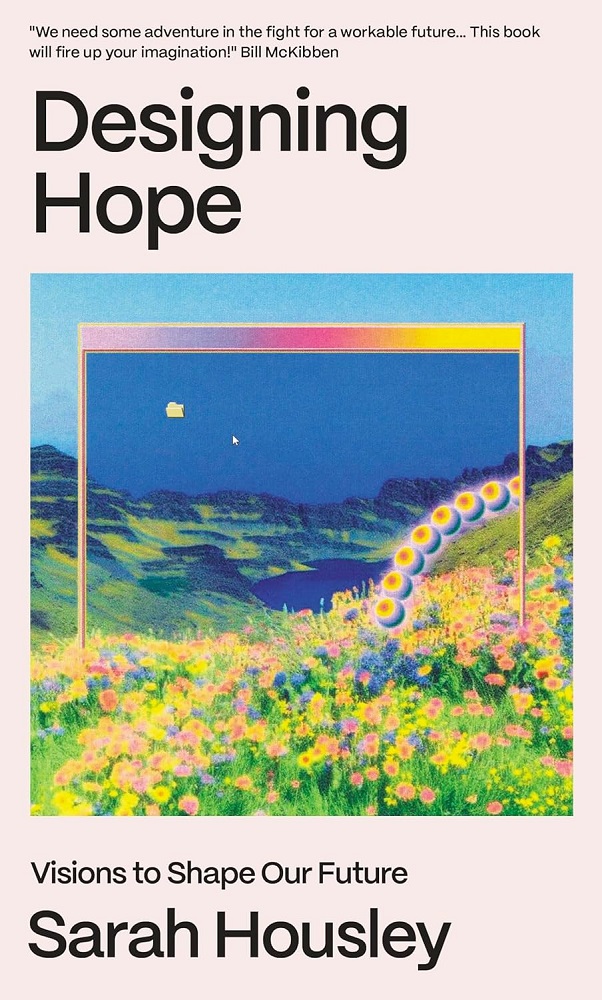The latest issue of the Big Issue looks at.. a big issue, namely, how the way we think about the future needs to change.
Author Sarah Housley looks at positive perspectives “from solarpunk to the metaverse” – as a counterbalance to those compelling dystopian futures, which, “just like negative news headlines, are more likely to be clicked on.”
As she says:
“We need to focus more on social innovation and create the conditions for lots of different ideas to emerge. If we can imagine a better future, we can start to move towards it. People are inspired and motivated by these visions, and we lack them at a mainstream level today. But different visions of the future are being developed when you know where to look.”
She looks at:
- More-than-human futures bring the needs and perspectives of all forms of life… the growing Rights of Nature movement… Eating Better’s 2024 report showing a “steady shift towards flexitarian diets”…
- Degrowth is an economic theory that is becoming a futures vision… policies like four-day work weeks and universal basic income… reuse centres, recycling workshops and repair cafes…
- The metaverse is a vision for the future of technology… experimenting with what these virtual worlds could look like and what kinds of experiences they could make possible…
- Solarpunk is the newest futures vision we have… building shared and accessible infrastructure: energy co-operatives, plug-in balcony solar, mesh communication networks… everything from green burials to eco-villages…
“What unites all of these visions, stories and examples? People trying things, together. If we look outside of the dominant ideas of what the future will bring, we’ll find bright ideas and nascent social infrastructures, cultivated by proactive groups of people who are demonstrating what could be possible. This has created the future before, and it can again.”
Sarah has a book out on 2nd September: Designing Hope: Visions to Shape our Future

“When did we stop dreaming of a better future?
“What happened to the sci-fi golden age of the 1950s, when futurism flourished as a discipline and drove innovation?
“As a society, either we struggle to imagine something good for the times to come or we fail to picture any future at all. Our world is in polycrisis; we face climate breakdown, societal fracturing, governmental collapse, war, and rising inequality.
“The exciting outcomes we dreamed of, from the space race to the wonder material plastic, have brought contingent problems of their own. We haven’t yet developed mainstream and accessible new narratives to replace these failures, and if you ask someone to imagine ‘the future’, they’ll probably still picture flying cars.
“Designing Hope resets expectations. Through the lens of four emerging futures, Sarah Housley shows us visions of hope that inspire action and critical thinking about how we’ll live in the decades to come.”
…
